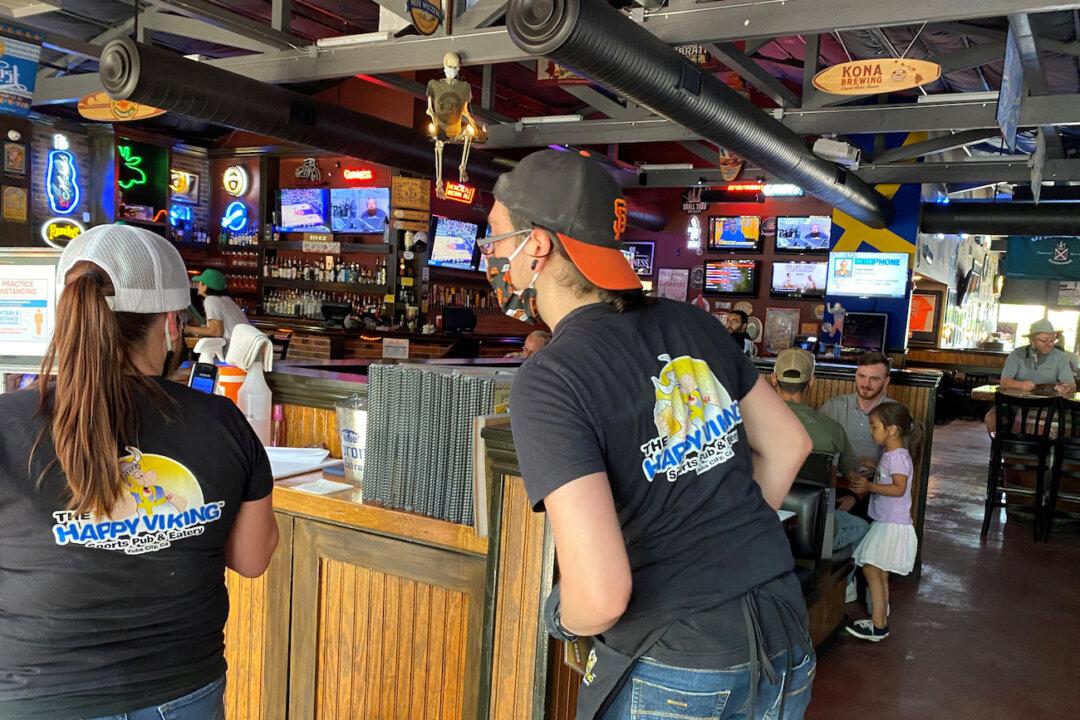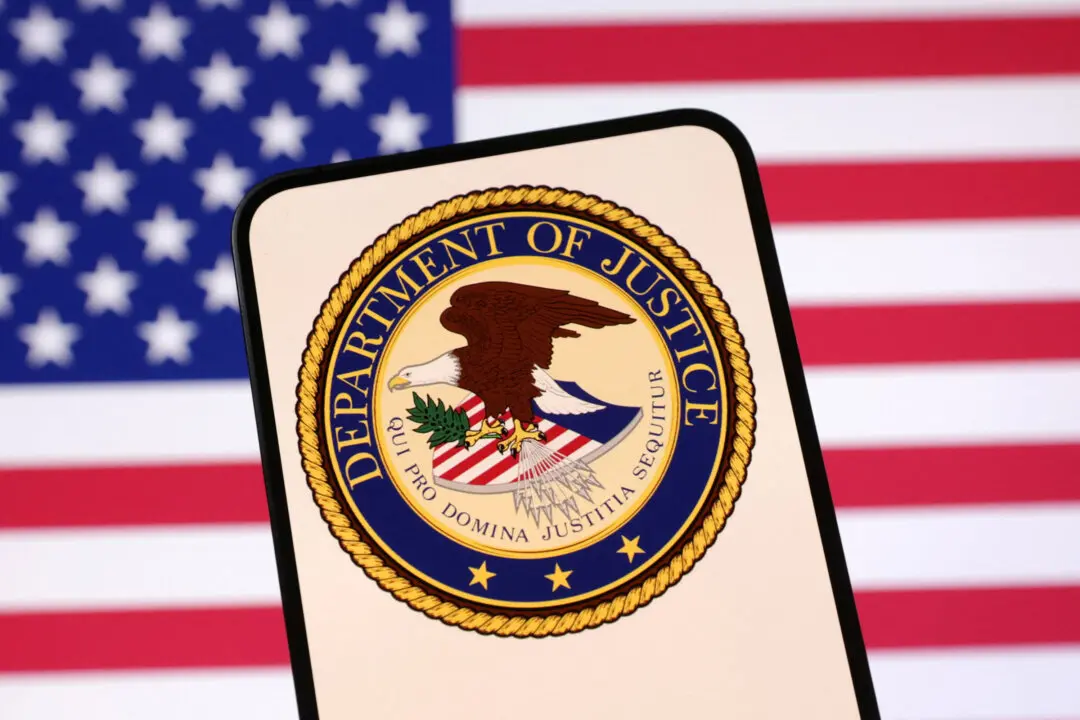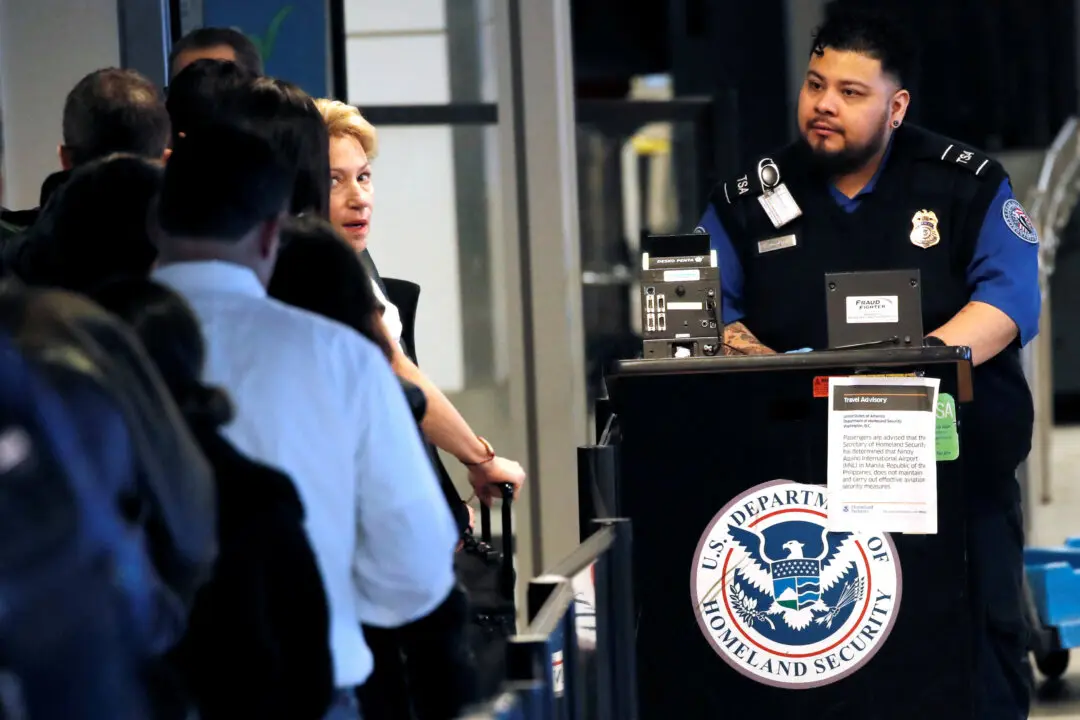SACRAMENTO, Calif.—Restaurants in a half-dozen California counties can host sit-down dining, and shopping malls throughout the state can open for curbside pickup as CCP virus restrictions ease, Governor Gavin Newsom said on Tuesday.
Offices can also open with some restrictions, Newsom, a Democrat, said in his daily press briefing. But his latest plan for reopening the world’s fifth largest economy still does not allow nail salons, tattoo parlors or gyms.





